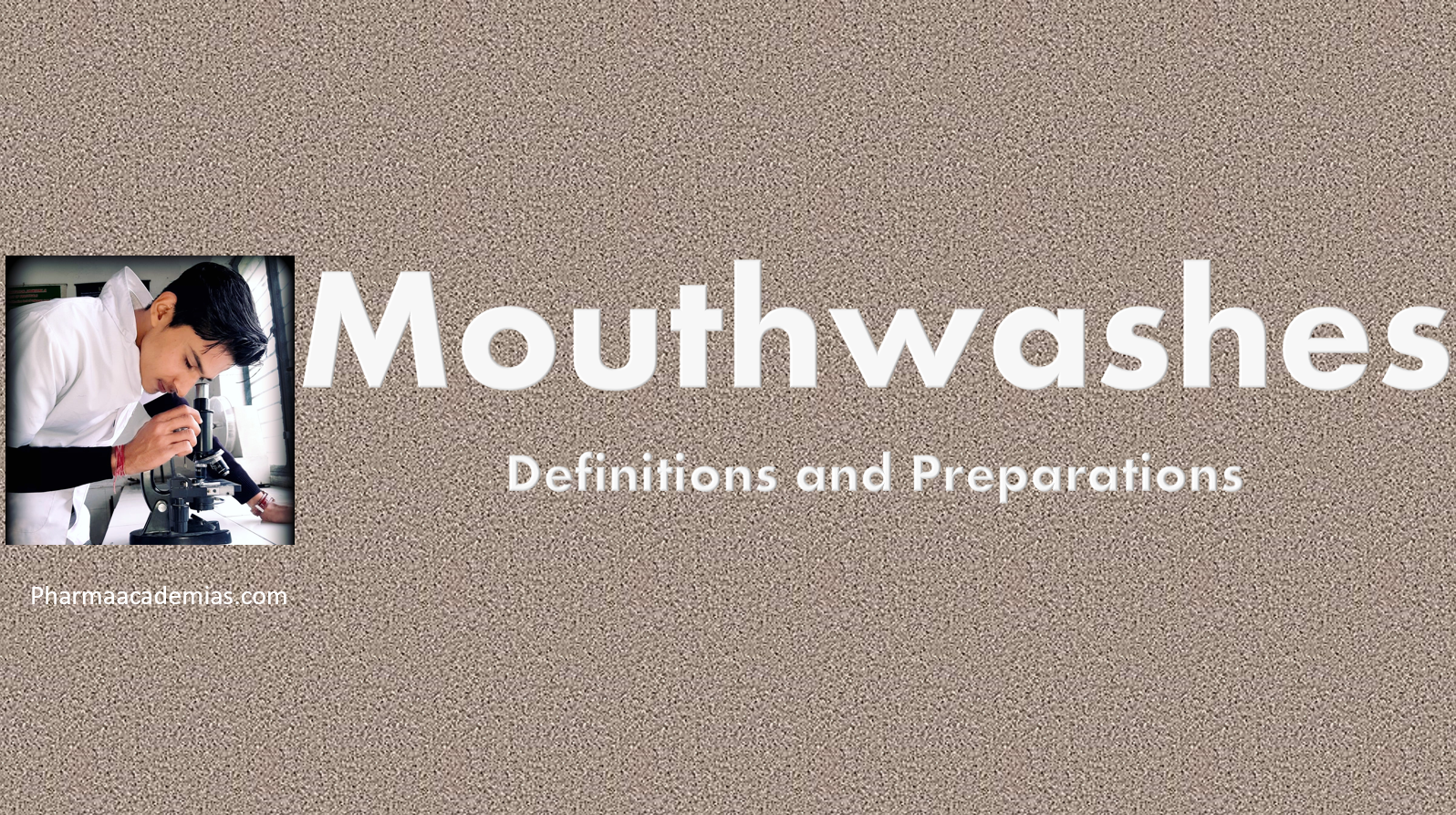1. Definition:
Liniments are topical formulations designed for external application to the skin. They typically contain a liquid or semi-liquid mixture containing active ingredients such as medicinal compounds, oils, and/or alcohol. Liniments are commonly used to relieve pain, inflammation, and musculoskeletal conditions.
2. Common Components
Solvent Base: This can include water, alcohol, or oil, serving as a carrier for other ingredients.
Medicinal Compounds: Active ingredients for therapeutic effects, such as analgesics (pain relievers) or anti-inflammatory agents.
Emollients: Oils or other substances that soften and soothe the skin.
Penetration Enhancers: Some liniments may include ingredients to enhance the absorption of active compounds through the skin.
Fragrances: Optional for improved scent.
3. Preparation of Liniments
– Selection of Solvent: The choice of solvent (water, alcohol, or oil) depends on the liniment’s desired properties and intended use.
Dissolution of Medicinal Compounds: Dissolve or suspend active ingredients in the solvent.
Emollient Addition: Add emollients, such as oils, to provide a smooth and soothing texture..
Filtration: Filter the mixture to remove any particulate matter.
Stabilizers: Some liniments may include stabilizers or preservatives to prevent degradation.
Homogenization: Employ mechanical mixing or homogenization to ensure a uniform distribution of ingredients.
4. Application
Topical Application: Apply liniments externally to the skin over the affected area.
Massage: Massage liniments into the skin to enhance absorption and promote circulation.
5. Examples of Liniments
– Pain Relief Liniments: Contain analgesic ingredients for relieving pain, often used for sore muscles or joints.
– Arthritis Liniments: Formulated to address symptoms associated with arthritis, such as inflammation and joint pain.
– Muscle Rubs: Liniments designed for muscular discomfort and stiffness.
6. Cautions and Considerations
Skin Sensitivity: Individuals with sensitive skin should be cautious and may want to perform a patch test before widespread use.
Avoiding Open Wounds: Liniments should not be applied to open wounds or broken skin.
Medication Interaction: Give consideration to potential interactions with other medications, especially if the liniment contains active pharmaceutical ingredients.
Value liniments for their ease of application and targeted relief for localized discomfort. However, it’s important to follow usage instructions and consult with healthcare professionals, especially when using liniments in conjunction with other medications or if there are concerns about skin reactions.




